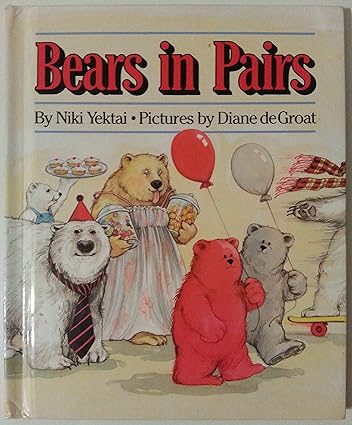Books are invaluable tools for speech-language pathologists (SLPs) and educators alike. In her article There’s a Book for That! Published in The ASHA Leader, Shari Robertson, PhD, CCC-SLP, outlines five compelling reasons why books are powerful resources for supporting speech and language development. Here’s a closer look at these reasons and how they can be incorporated into effective teaching and therapy sessions.
1. Book Provide a Natural Context for Learning Vocabulary
Books immerse children in rich, varied language, offering opportunities to learn new vocabulary naturally. Research shows that children’s books contain nearly twice as many rare words as conversations among college graduates. This wealth of vocabulary is especially valuable for students learning Tier II words—those that are more precise and descriptive, often found in literature.
For example, Monsters Can Mosey by Gillia Olson is an excellent resource filled with action-packed verbs and adjectives like lurch, glide, terrifying, and unnerving. Books also expose students to advanced grammatical forms, which help refine their language skills in a way everyday conversation often does not.
2. Books Are Efficient
Books enable SLPs to address multiple language and communication goals simultaneously. Stories often integrate skills such as phonological awareness, comprehension, and vocabulary building. For instance, Leah Wilcox’s Falling for Rapunzel reimagines the classic tale with humorous miscommunications. This story introduces figurative language, teaches context clues for unfamiliar words, and provides examples of affixes and rhymes. By targeting overlapping skills, books support students in meeting Individualized Education Program (IEP) goals and aligning with Common Core State Standards (CCSS).
3. Books Are Convenient
SLPs often work within limited budgets, and books provide a cost-effective solution. Whether purchased, borrowed from libraries, or shared among colleagues, books are portable and easy to use across various settings, from one-on-one therapy to group sessions. For example, Todd Parr’s Do’s and Don’ts uses simple humor to engage students. It encourages participation by having students brainstorm their own “don’ts” after reading each “do,” promoting listening, comprehension, and creative language use.
4. Books Are Fun
Motivating students is key to successful therapy, and books make learning enjoyable. Engaging books can create an intrinsic love of reading, which research links to greater academic success. Stories with rich visuals, such as Joan Steiner’s Look-Alikes series, captivate students by challenging them to spot everyday objects repurposed in unexpected ways. These fun, interactive elements inspire curiosity and encourage repeated reading, leading to better skill retention and carryover.
5. Books Do Not Have LED Screens
In an era of excessive screen time, books offer a welcome reprieve. Evidence suggests that too much screen time in children can lead to speech delays, mood swings, and even long-term emotional challenges. By engaging with books instead of screens, children benefit from improved focus, better sleep patterns, and reduced sensory overload. Books promote a calmer, healthier environment for learning language and literacy skills.
Books are more than just teaching tools—they are gateways to creativity, learning, and development. By incorporating books into therapy and education, SLPs can create meaningful, engaging experiences that foster a lifelong love for language.
A list of best books by ASHA
Wordless books and visually engaging stories stimulate imagination and discussion
Bibliography
Robertson, S. (2017). There’s a Book for That!: Here are five reasons to use books to work on practically any speech or language skill. The ASHA Leader, 22(12), 34–35. https://doi.org/10.1044/leader.SCM.22122017.34

